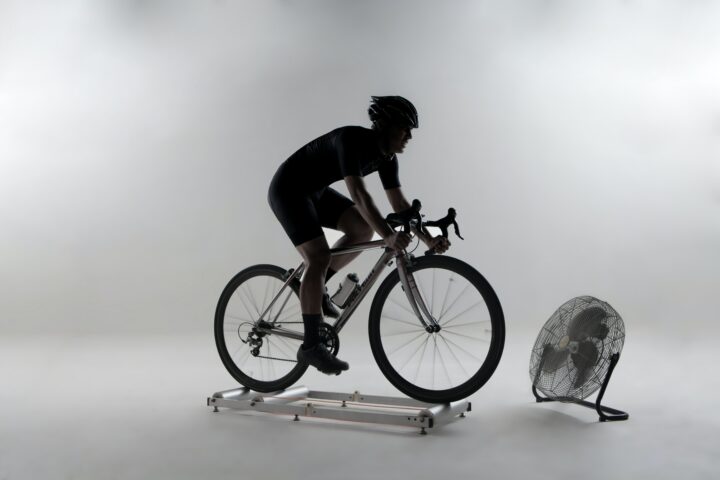The demands of virtual racing are different from live racing. Physiologist Rob Pickels explores the science of warmups and how this applies to fast-start Zwift races.
The demands of virtual racing are different from live racing. Physiologist Rob Pickels explores the science of warmups and how this applies to fast-start Zwift races.






